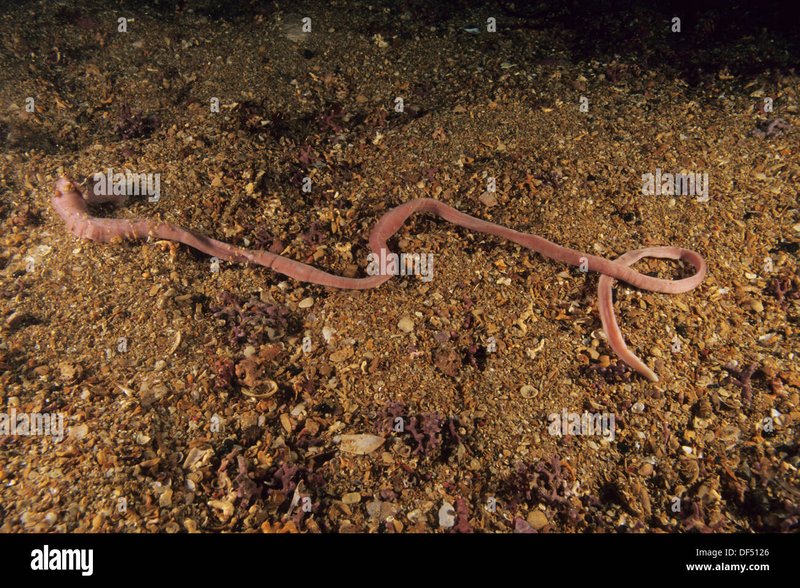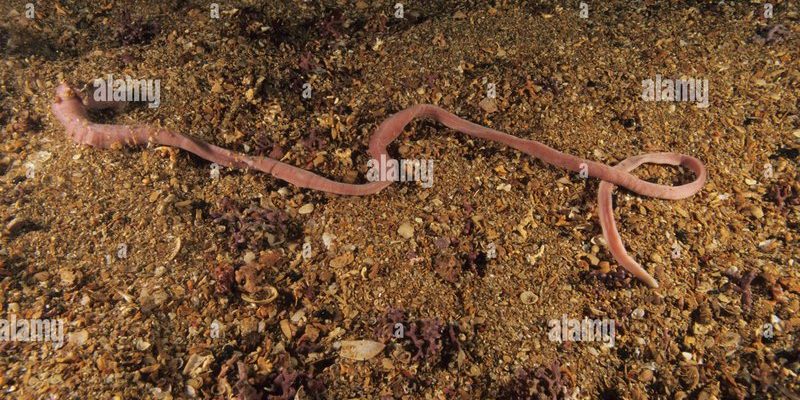
When you think of ribbon worms, you might not picture them as anything special. But, just like how a hot cup of coffee differs from an iced latte—not just in temperature, but in flavor and experience—ribbon worms adapt profoundly to their surroundings. Let’s explore how these intriguing creatures thrive in drastically different climates, their lifestyles, and what they mean for the ecosystems they inhabit.
What Are Ribbon Worms?
Ribbon worms, or *Nemertea*, are fascinating creatures that can be found in oceans worldwide. They come in a range of colors, sizes, and shapes, with most species sporting a long, flat body that can stretch out significantly. Think of them like the flexible noodles of the ocean—some can be just a few centimeters long, while others can reach up to 30 meters!
These worms are most often found in shallow waters, where they burrow into the sand or hide under rocks. They have a unique ability to extend their bodies to hunt for prey, which mainly consists of small animals like crustaceans and even fish. Their hunting method is quite interesting; they use a sticky proboscis to capture prey, almost like a fisherman casting a line to snag a catch.
You might be wondering why they’re called ribbon worms. The term ‘ribbon’ perfectly describes their long, flat bodies that can shimmer in the water, making them look like ribbons dancing in the currents.
Cold Water Ribbon Worms
Cold water environments, such as the Arctic and Antarctic regions, present a set of challenges. Here, temperatures can plunge near freezing, yet these tough ribbon worms thrive nonetheless. The species found in these frigid waters have adapted to survive in harsh conditions, enabling them to withstand the cold while maintaining vital functions.
In cold waters, ribbon worms often have slower metabolisms compared to their tropical counterparts. This means they don’t need to eat as frequently. It’s like deciding to eat a big, hearty meal and then taking your time to digest it. This slow metabolism helps them conserve energy in an environment where food can be scarce.
Moreover, the cold water species tend to be smaller and have less vibrant colors compared to those in warmer waters. Think about how darker colors can absorb more heat. It’s a survival tactic—being less vibrant helps them blend into the often murky, icy sea floor, which provides an added layer of protection from predators.
Adaptations for Survival
To survive in the cold, these ribbon worms have developed a variety of adaptations:
- Body Composition: Their bodies are generally sturdier and fat-storing, allowing them to endure lower temperatures.
- Feeding Habits: Cold water species may feed on smaller prey and have adapted to hunt at a slower pace.
- Reproductive Strategies: They often reproduce in bursts when conditions are just right, ensuring the survival of their young.
These adaptations showcase how resilient life can be, even in harsh environments.
Tropical Ribbon Worms
Now, let’s shift gears to the vibrant world of tropical waters. In sharp contrast to their cold water cousins, tropical ribbon worms flourish in warm, nutrient-rich environments. Picture yourself lounging at a sunny beach; that warm, vibrant energy is reflected in the lively colors and larger sizes of these worms.
In these warm waters, ribbon worms tend to grow bigger, with some species boasting brilliant reds, greens, and blues. The colors serve a dual purpose: camouflage amongst the colorful reefs and a way to attract mates. Just as brightly colored tropical fish use their hues to find partners, these worms use their vibrant appearances to signal their presence in the bustling underwater community.
Tropical waters also mean a greater availability of food. With thriving coral reefs and diverse marine life, ribbon worms can feast on a more abundant variety of prey. They’re like an all-you-can-eat buffet that allows them to grow and reproduce in more significant numbers.
Behavior and Ecology
The behavior of ribbon worms in tropical waters is often more dynamic and aggressive compared to their cold-water relatives. Here’s a glimpse into their lively world:
- Hunting Techniques: They often hunt actively, using their quick movements and sticky proboscis to capture agile prey. No more slow, methodical movement; it’s a thrilling chase!
- Competition: With so much diversity, competition is fierce. Tropical ribbon worms often engage in aggressive interactions with other marine organisms for food and territory.
- Reproduction: In warm waters, they may reproduce year-round, further contributing to their thriving populations.
This vibrant lifestyle highlights how ribbon worms in tropical waters have evolved to thrive in a competitive ecosystem.
Comparing Ribbon Worms: Cold vs. Tropical
When it comes down to it, ribbon worms in cold water and tropical waters showcase the amazing adaptability of life. Let’s break down some of the key differences:
| Characteristic | Cold Water Ribbon Worms | Tropical Ribbon Worms |
|---|---|---|
| Temperature | Near freezing | Warm, tropical |
| Size | Generally smaller | Larger, more vibrant |
| Metabolism | Slower | Faster |
| Prey | Smaller, less abundant | More diverse and plentiful |
| Reproduction | Seasonal bursts | Year-round |
This comparison not only highlights their physical and behavioral differences but also mirrors the larger themes in ecology—how life gears itself toward survival and success in various environments.
The Importance of Ribbon Worms
You might be asking why this all matters. Ribbon worms play a crucial role in their ecosystems. They help control populations of smaller marine organisms and contribute to the nutrient cycle. In essence, they’re like the unsung heroes of the ocean floor, maintaining balance in the intricate web of life.
Their presence can be an indicator of ocean health, so studying them gives scientists valuable insights into the impact of climate change and pollution. Just like a canary in a coal mine, these creatures can help us gauge the state of marine environments.
In exploring the fascinating world of ribbon worms, whether in cold waters or tropical seas, we see a remarkable example of adaptability and survival. From their unique hunting techniques to their vibrant colors, these creatures remind us of the incredible diversity of life beneath the surface.
So, the next time you find yourself near the ocean—perhaps gazing at tide pools or snorkeling in coral reefs—take a moment to appreciate the intricate roles that ribbon worms play. They might be small, but their impact on marine ecosystems is anything but insignificant. Let’s keep learning, exploring, and protecting these vibrant underwater worlds!

